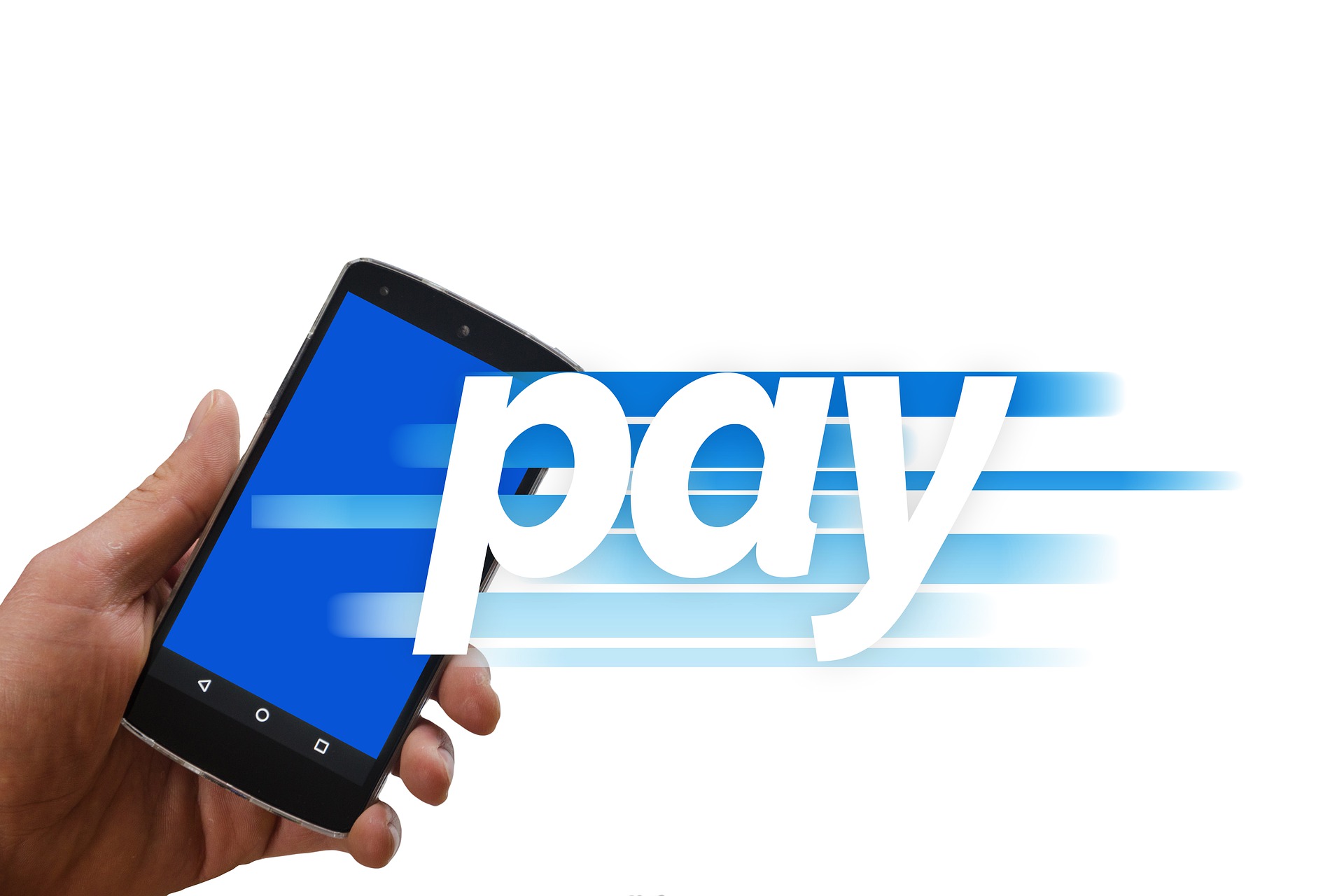AsiaTechDaily – Asia's Leading Tech and Startup Media Platform

How Historical Crises Paved The Way For Digital Payments?
Digital payment methods have been around in the past three decades but they gained the spotlight when the COVID-19 outbreak spread throughout the world. With the pandemic forcing people to stay indoors to avoid contracting the virus, contactless and digital payments have become the saving grace for many when purchasing goods and services online.
Digital payments have become so significant in the past few months that Bain and Company estimates that adoption of cashless payment methods could increase by 67% globally by 2025, which is five percent more than what was anticipated before the pandemic occurred. The management consultancy company added that this fast adoption of digital payments could prompt more people to explore and use e-commerce sites and encourage retailers to adopt online or omnichannel approaches when selling products and services.
This isn’t the first time digital payments boomed during a health crisis. One of the infamous virus outbreaks worldwide in the internet era, the SARS coronavirus outbreak in 2003, also prompted people to turn to contactless payments. It was also around that time when e-commerce and electronic payments were gaining traction, especially in China thanks to Jack Ma’s Alibaba. Like the COVID-19 pandemic, the SARS epidemic forced people to stay at home and turn to e-commerce sites for their needs.
It was in the same year that Alibaba launched Taobao and Alipay to help streamline the online shopping experience for all consumers. Taobao became the prime e-commerce site for many at the time, beating American auction company eBay, which had just launched in the country just a year before the epidemic.
Fast forward to today, digital payments no longer solely involve fiat money but cryptocurrencies as well. Bitcoin, the mother of all digital currencies, was born in the midst of the great recession of 2008. One may think that a lot has happened in the period between Bitcoin’s inception and today, but the reality is the opposite—crypto adoption is slow but the silver lining here is that it’s slow progress.
Crypto tink thank The Tokenist discovered in a study that trust in Bitcoin grew by 29% in the past three years. It added that trust in large financial institutions steadily waned for more than a decade due to growing confidence in the cryptocurrency. The COVID-19 pandemic also helped accelerate the crypto adoption process.
The demand for crypto also grew around spring 2020 as Bitcoin ATM locations increased to over 8,000 units worldwide and more institutional investors looked into decentralized finance. Perhaps one of the best drivers for the growth in crypto adoption is that many believe digital assets are an instrument for risk diversification, such as Paul Tudor Jones.
With this data, we can expect blockchain and crypto adoption to stay. Angel investor and entrepreneur Balaji Srinivasan even recently commented that the COVID-19 pandemic could lead to increased blockchain and crypto adoption in the future, not just in terms of refining financial processes but improving political systems as well
Crypto adoption is being made easier thanks to the likes of Singapore-based company Pundi X. Some of its innovative blockchain-based solutions include the XPOS device, which allows merchants to accept payments made in crypto.
Pundi X actually recently made a new contribution in the digital payments sphere by programming XPOS to support PayPal to respond to demands from its loyalists. The integration will allow PayPal users to seamlessly pay for goods and services with crypto, as well as purchase digital currencies such as Bitcoin, Ethereum, Binance Coin, and Pundi X’s native crypto NPXS at any XPOS merchant.
The partnership follows a recent cryptocurrency boom where investors worldwide are turning to digital assets due to growing concerns about the possible value of fiat currencies once the COVID-19 pandemic wanes.
The integration also allows crypto adoption to further spread in the retail space, with many large retailers worldwide accepting digital assets as a form of payment for their goods and services. Some of these businesses include Microsoft, AT&T, and Overstock.
PayPal has also been dominating the retail scene for many years. The online payment system is actually the fifth most popular payment method that retailers accept. Among the top 1,000 online retailers in North America based on web sales in 2019, 712 of them support PayPal and PayPal credits.
As we move into the new normal, we can expect more people moving from traditional to digital payments, taking advantage of credit and debit cards, mobile banking, and other cashless methods. This shift is similar to when the first modern-day credit card, BankAmericard, was issued in the late 1950s. Since then, mobile payments evolved into the systems that exist today. Innovations in the financial sphere will definitely carry on as we constantly look for ways to complete payments in a convenient manner.





